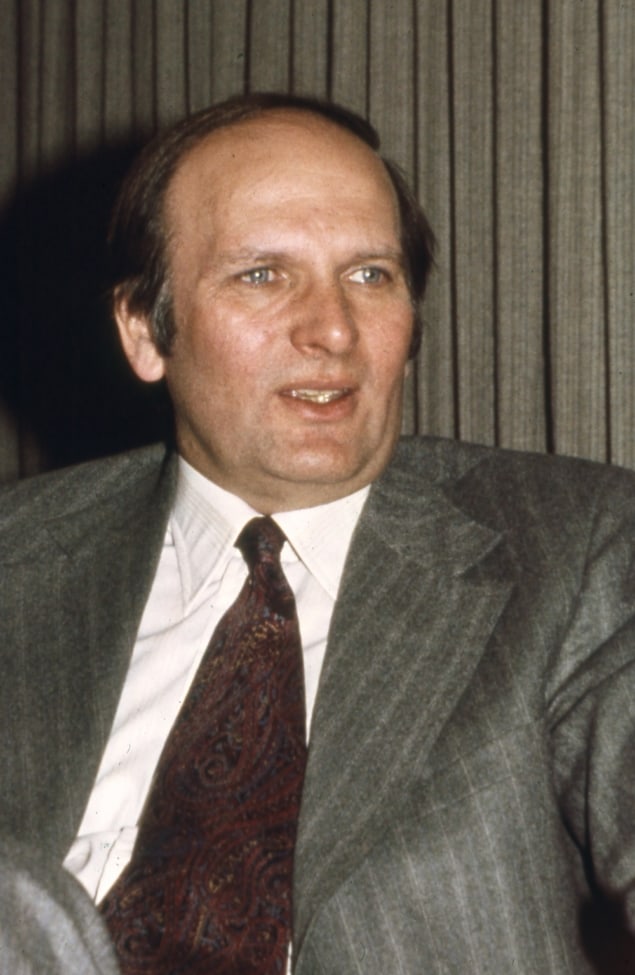The condensed-matter physicist Robert Schrieffer, who shared the 1972 Nobel Prize for Physics, has died at the age of 88. In the late 1950s, Schrieffer, together with his colleagues John Bardeen and Leon Cooper, developed a theory of superconductivity that could explain why certain materials undergo an absolute absence of electrical resistance at low temperatures.

Born on 31 May 1931 in Oak Park, Illinois, US, Schrieffer completed a physics degree at the Massachusetts Institute of Technology in 1953. He then moved to the University of Illinois at Urbana-Champaign to work on his PhD under the supervision of Bardeen. In the third year of his studies he began working on a theory of superconductivity – a phenomenon that had captured the imagination of scientists ever since the Dutch physicist Heike Kamerlingh Onnes discovered in 1911 that the electrical resistance of mercury suddenly disappeared beneath a temperature of 4.2 K.
However, despite developments in quantum mechanics in the 1920s, there was no microscopic theory of superconductivity until 1957, when Bardeen, Cooper and Schrieffer came up with their “BCS” theory. This described how an electron can deform the atomic lattice through which it moves, thereby pairing with a neighbouring electron. Being paired allows all the electrons in a superconductor to move as a single cohort, known as a condensate, prevailing over thermal fluctuations that could cause the pairs to break. The idea of a condensate of electron pairs was worked out by Schrieffer while he was apparently sitting on the New York subway where he wrote down an expression for the wavefunction of the superconducting ground state.
Bardeen, Cooper and Schrieffer published their initial letter announcing the Bardeen–Cooper–Schrieffer theory in April 1957 (Phys. Rev. 106 162), which was then followed in December by a full-length paper, which is now recognized as one of the classics in modern physics (Phys. Rev. 108 1175). Not only did the BCS theory of superconductivity successfully account for the behaviour of “conventional” low-temperature superconductors such as mercury and tin but it also subsequently deepened the theory of elementary particle physics by contributing to the notion of spontaneous symmetry breaking.
A life in physics
After completing his doctoral dissertation on the theory of superconductivity in 1957, Schrieffer spent a year at the University of Birmingham and the Niels Bohr Institute in Copenhagen, Denmark. In 1958, he then moved to the University of Chicago before heading back to the University of Illinois at Urbana-Champaign a year later. Down the path of least resistance
In 1962 Schrieffer joined the University of Pennsylvania in Philadelphia and in 1980 moved to the University of California, Santa Barbara. He served as director of the Institute for Theoretical Physics in Santa Barbara from 1984 to 1989 and in 1992 went to Florida State University where he was also chief scientist of the National High Magnetic Field Laboratory in Tallahassee before retiring in 2006. In 1983 he was awarded the US National Medal of Science.
Yet Schrieffer’s life was not without incident. In 2005, he was sentenced to two years in jail for killing a person and injuring seven others while driving over the speed limit in California a year earlier. According to his attorney at the time, Schrieffer fell asleep at the wheel of his Mercedes-Benz sports car while driving at more than 100 mph.



